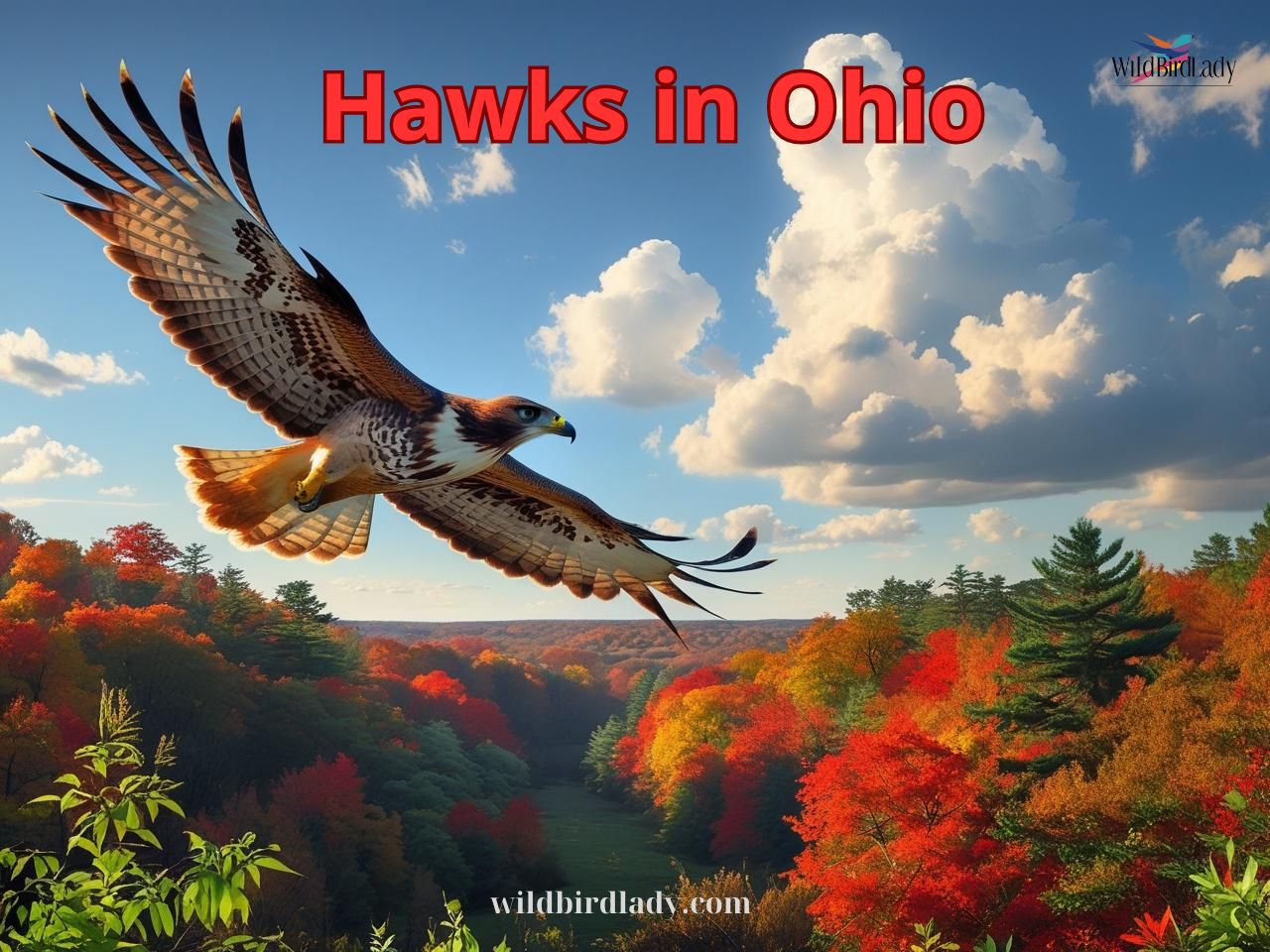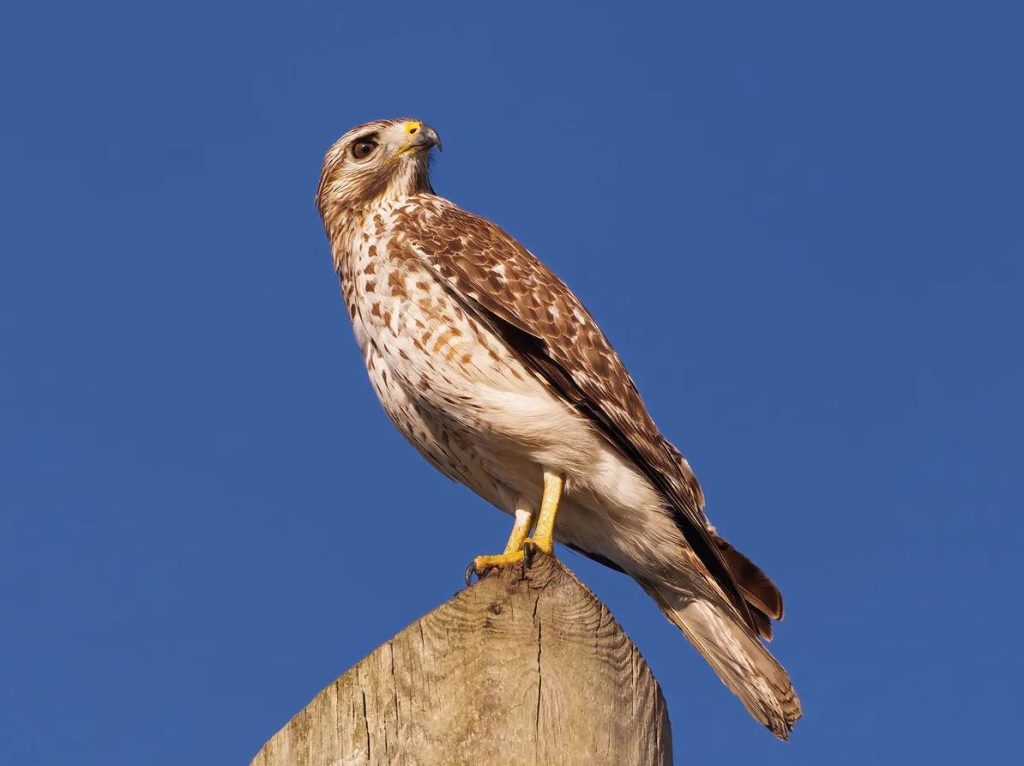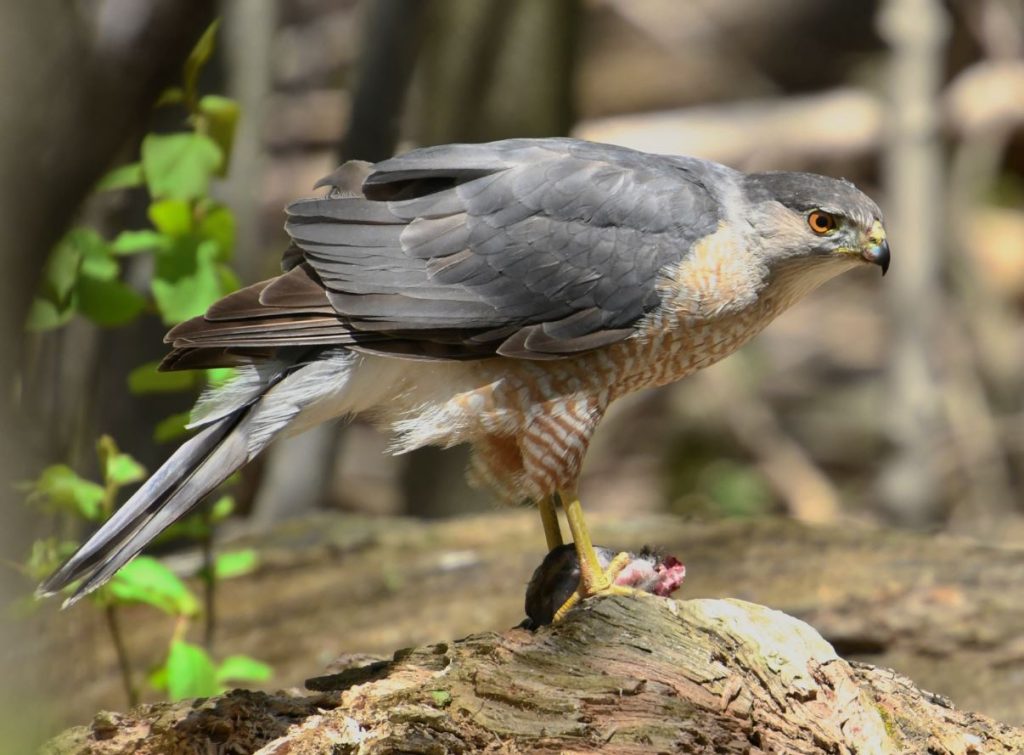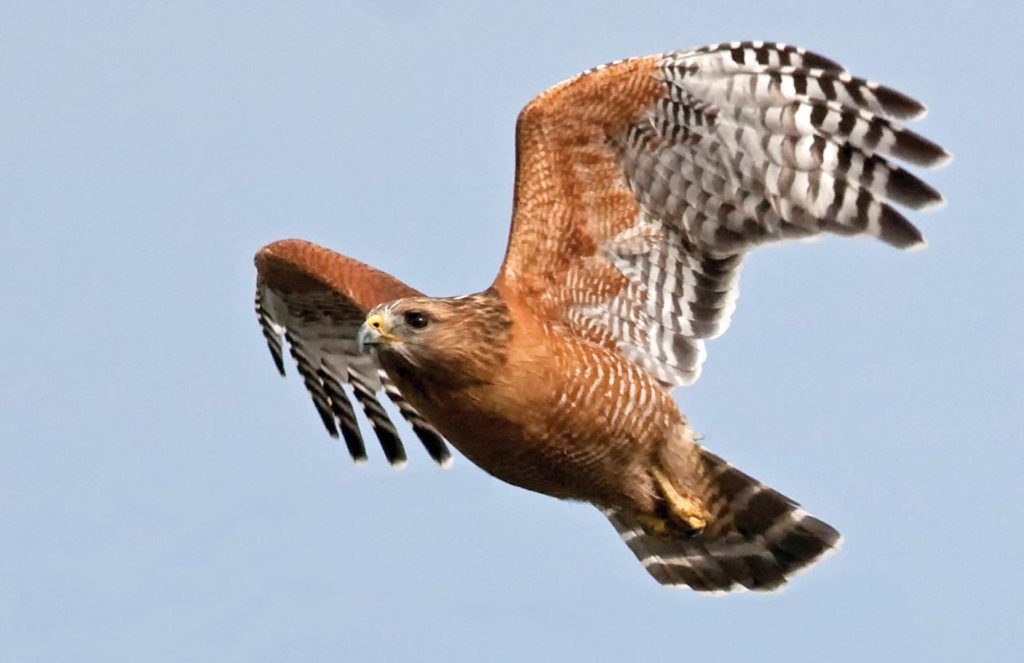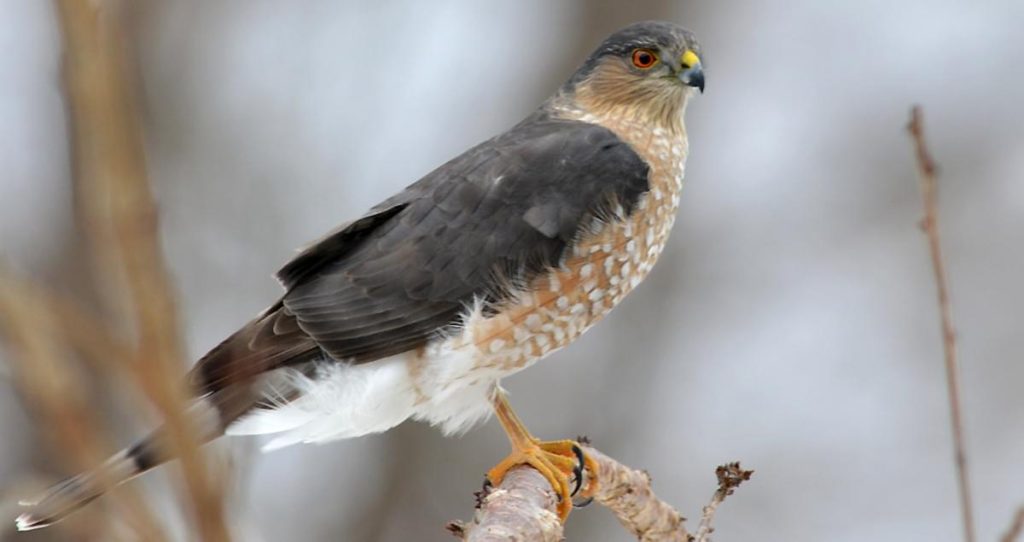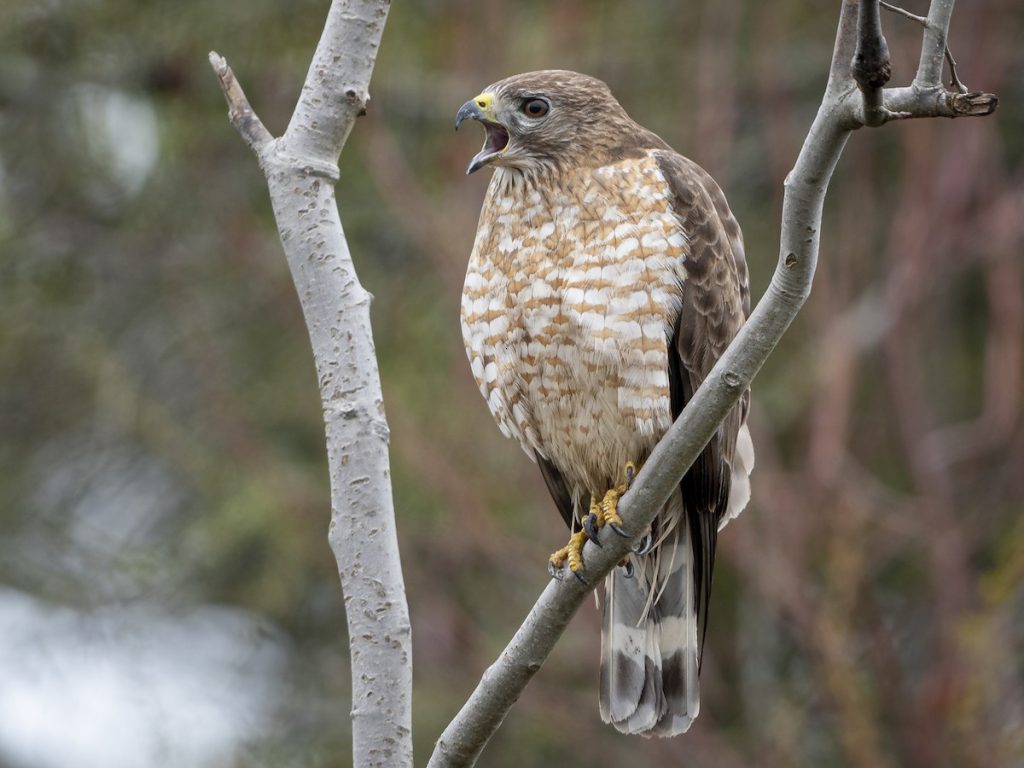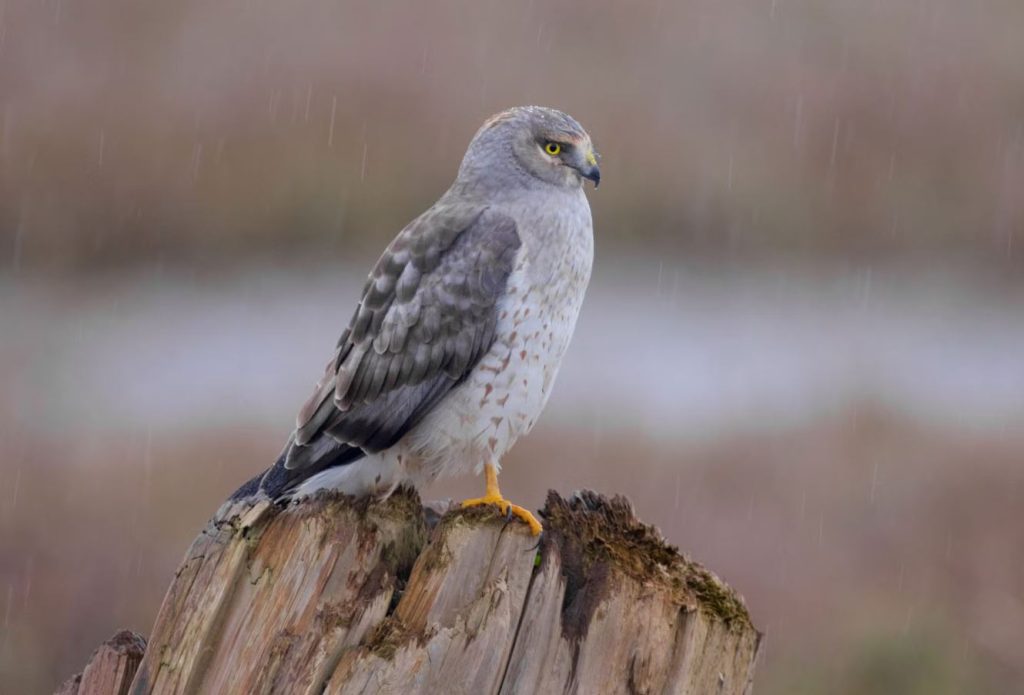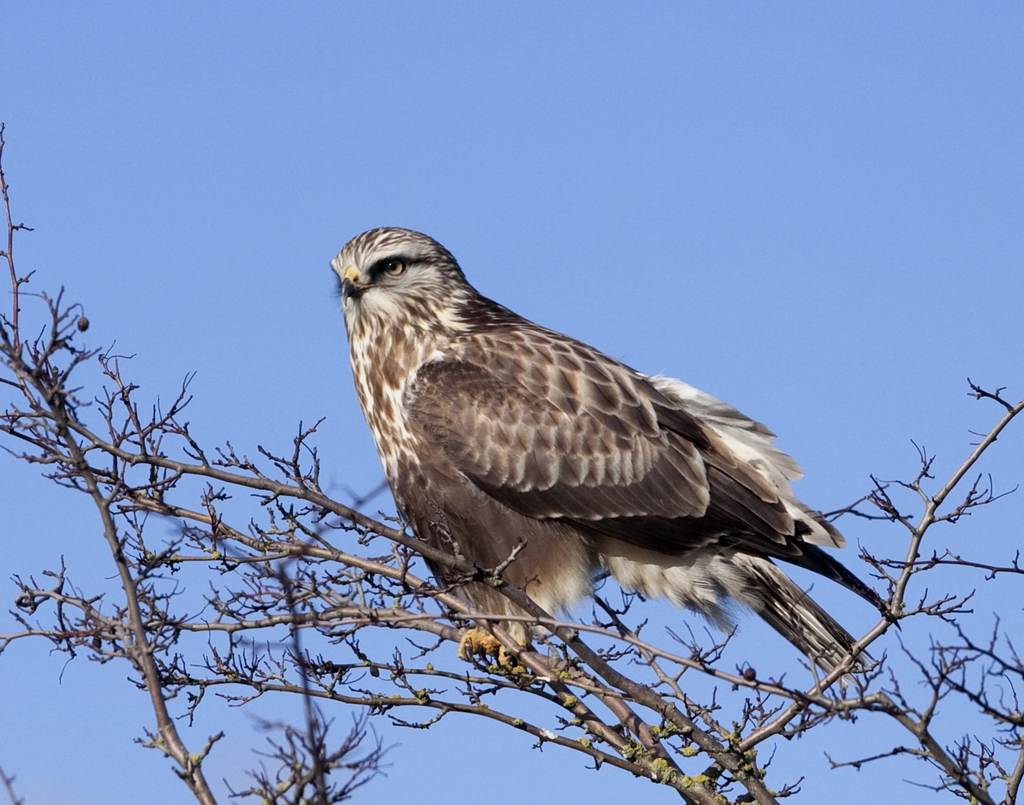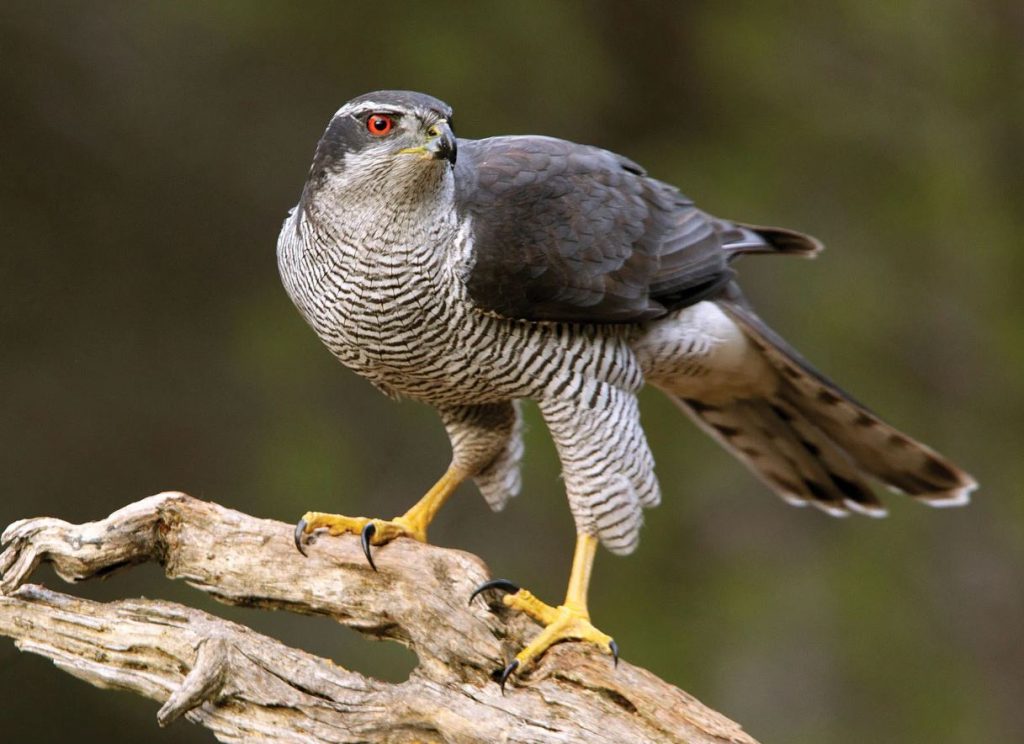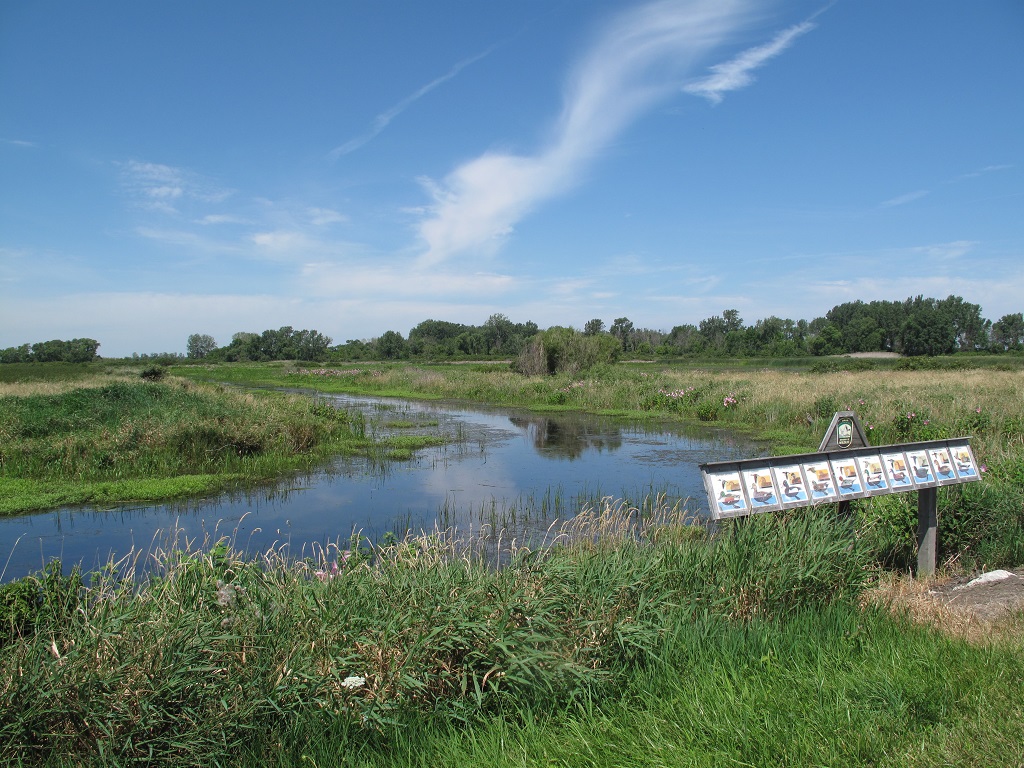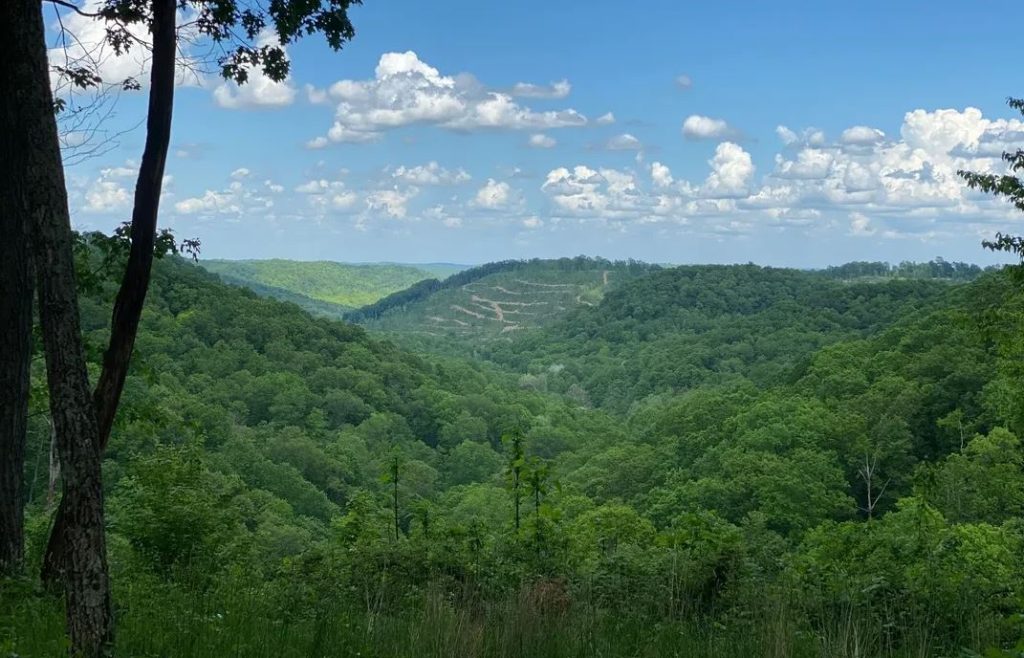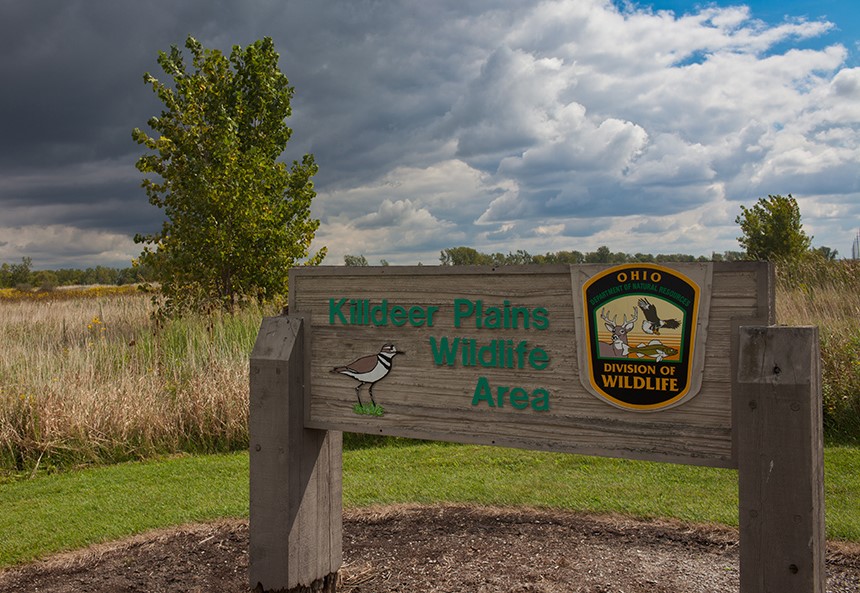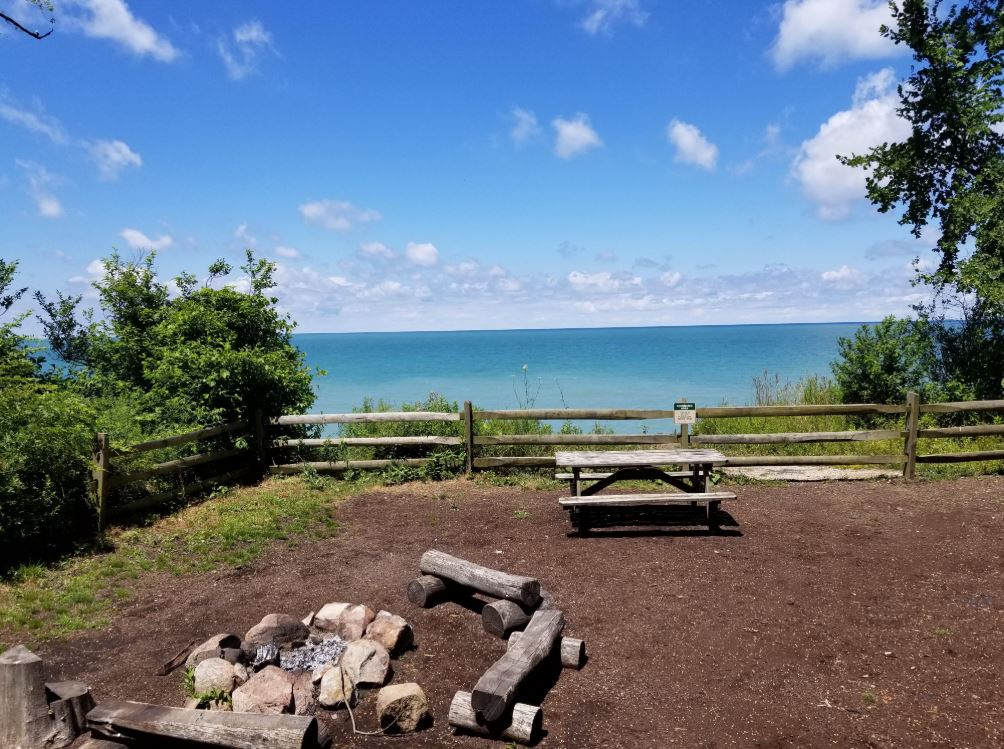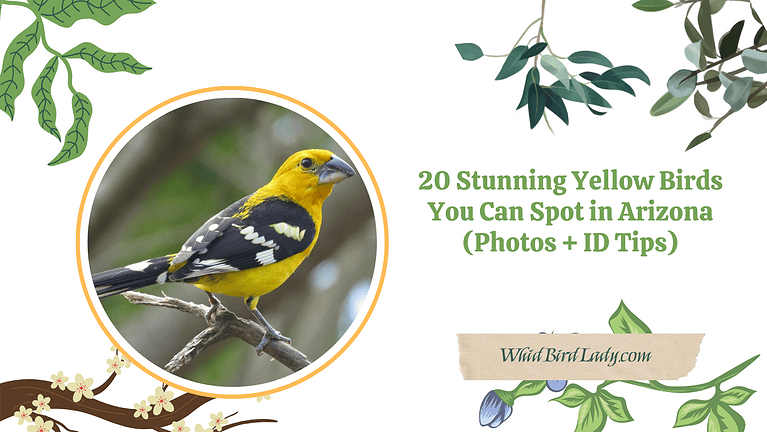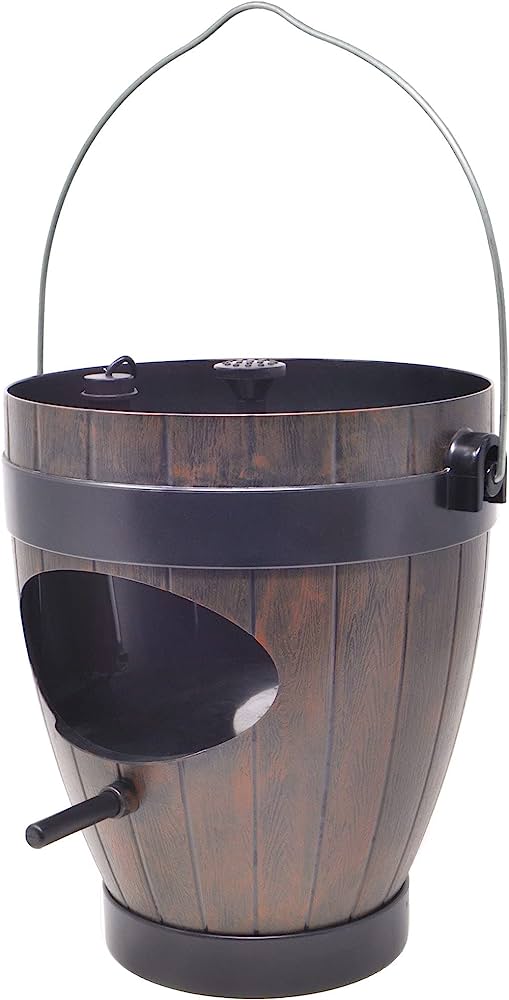Your Guide to Hawks in Ohio: Identification, Calls, and Where to Find Them
Ohio is a hawk-lover’s paradise.
Over the past 13 years of birdwatching across the Buckeye State—from the Lake Erie shoreline to the foothills of the Appalachians—I’ve had the privilege of observing hawks in nearly every season and habitat. Whether soaring high during fall migration or perched silently on a winter branch, these raptors never fail to inspire awe.
In this guide, I’ll walk you through how to identify the most common hawks in Ohio, how to recognize their calls, and where you’re most likely to find them.
Why Ohio Is a Hawk Hotspot
Thanks to its geographical diversity and central location in North America’s migration pathways, Ohio hosts a rich variety of hawk species year-round. Some breed here, others pass through during seasonal migrations, and a few stay even in the depths of winter.
According to the Ohio Department of Natural Resources (ODNR), more than 10 species of hawks have been recorded in the state, ranging from the widespread Red-tailed Hawk to the elusive Northern Goshawk.
1. Red-Tailed Hawk (Buteo jamaicensis)
Identification:
This is the most common hawk in Ohio. With its broad wings, chunky body, and characteristic reddish-brown tail, it’s a familiar sight along highways and open fields.
Wingspan: 45–52 inches
Call: A classic raspy scream: “keeeeer.”
You’ve probably heard it in movie soundtracks—though often dubbed over other birds like eagles.
Where to Find:
Anywhere. I’ve seen them perched on utility poles, soaring over farmland, and circling forest edges. They’re year-round residents.
“The Red-tailed Hawk is one of the most widespread and commonly seen raptors in North America,” notes the Cornell Lab of Ornithology.
2. Cooper’s Hawk (Accipiter cooperii)
Identification:
Medium-sized, built for maneuverability. Adults have blue-gray backs, red eyes, and reddish barring on the chest. Juveniles are brown and streaky.
Wingspan: 24–36 inches
Call: A rapid, nasal “cak-cak-cak,” especially during nesting season.
Where to Find:
Forested suburbs and wooded parks. They often appear near backyard feeders—hunting the songbirds that visit them.
“Cooper’s Hawks are increasingly adapting to urban and suburban environments,” according to All About Birds (Cornell Lab).
3. Red-Shouldered Hawk (Buteo lineatus)
Identification:
A medium-sized buteo with striking rufous chest, black-and-white checkered wings, and translucent crescents near the wingtips.
Wingspan: 37–43 inches
Call: A loud, descending whistle: “kee-yuur, kee-yuur.”
Where to Find:
Wooded wetlands and bottomland forests. In spring, I often hear their call before I ever see them.
“This species prefers deciduous woodlands near water,” reports the ODNR Wildlife Division.
4. Sharp-Shinned Hawk (Accipiter striatus)
Identification:
Smaller than the Cooper’s Hawk, with a more square-tipped tail and thinner legs. Juveniles are streaky brown, while adults are slate gray above with orange barring.
Wingspan: 17–22 inches
Call: High-pitched, rapid “kik-kik-kik.”
Where to Find:
Wooded areas and backyard feeders, especially during fall migration. I usually spot them darting swiftly through trees.
5. Broad-Winged Hawk (Buteo platypterus)
Identification:
Stocky, compact hawk with broad wings and a distinctive black-and-white tail band.
Wingspan: 30–40 inches
Call: A high-pitched whistle: “peeee-eeeee.”
Where to Find:
Nests in Ohio’s mature forests in spring and summer. During fall, they gather in large flocks (called kettles) and migrate south—best seen at hawk watch sites.
“The peak migration in Ohio occurs in mid-September,” according to Hawk Mountain Sanctuary.
6. Northern Harrier (Circus hudsonius)
Identification:
Long-tailed and long-winged. Males are grayish (“gray ghost”), while females and juveniles are brown. All have a white rump patch.
Wingspan: 40–46 inches
Call: A series of “kek-kek-kek” during breeding season.
Where to Find:
Open fields, grasslands, and marshes. I’ve watched them glide low in a distinctive V-shape, almost like owls in flight.
7. Rough-Legged Hawk (Buteo lagopus)
Identification:
Winter visitor. Feathered legs, dark belly patch, and broad black wing “wrist” marks. Often confused with Red-tailed Hawks at a distance.
Wingspan: 52–54 inches
Call: Rarely vocal in Ohio; more silent than other hawks.
Where to Find:
Open fields and farmlands in northern Ohio during winter. They hover frequently, a behavior uncommon in most hawks.
“A true Arctic breeder, Rough-legged Hawks migrate to Ohio only in winter,” per the Cornell Lab of Ornithology.
8. Northern Goshawk (Accipiter atricapillus)
Identification:
A powerful forest hawk with broad wings and a bold white eyebrow (supercilium). Adults are gray with fine barring; juveniles are brown and streaky.
Wingspan: 40–46 inches
Call: Harsh “kak-kak-kak” or scream when threatened.
Where to Find:
Rare in Ohio. Mostly seen in winter in large woodlands of eastern Ohio.
Seasonal Hawk Watching in Ohio
Spring (March–May):
Red-shouldered and Broad-winged Hawks return to breed. Cooper’s Hawks begin nesting.
Summer (June–August):
Best time to observe breeding behavior. Watch for juveniles testing their wings in July.
Fall (September–November):
Peak migration! Visit hawk watch locations like Lake Erie Metroparks or the Edge of Appalachia Preserve.
Winter (December–February):
Rough-legged Hawks and Northern Harriers are most visible. Red-tails are easy to spot on bare trees.
Top Places to Find Hawks in Ohio
Over the years, I’ve explored dozens of birding hotspots across Ohio. Some locations consistently offer incredible opportunities for observing hawks—whether it’s witnessing dramatic fall migrations or quietly spotting a nesting pair deep in the woods. Here are my top recommendations:
1. Magee Marsh Wildlife Area (Ottawa County)
Best for: Broad-winged Hawks, Red-tailed Hawks, fall migration activity
Located along the southwestern shore of Lake Erie, Magee Marsh is a raptor migration funnel. While it’s world-famous for warblers in spring, fall is prime time for hawk watchers.
I’ve often stood on the boardwalk and watched Red-tailed Hawks spiraling overhead, and on good days in September, you can catch kettles of Broad-winged Hawks soaring high before they cross the lake.
- Habitat: Mixed wetlands, forest patches, and open lakefront sky
- When to visit: Mid-September through early October
- Tip: Bring a spotting scope—some hawks pass high above, riding thermals.
2. Shawnee State Forest (Scioto County)
Best for: Cooper’s Hawk, Red-shouldered Hawk, Sharp-shinned Hawk
Often referred to as the “Little Smokies of Ohio,” this sprawling forest along the Appalachian foothills offers some of the best opportunities to observe forest-dwelling raptors. I’ve encountered territorial Red-shouldered Hawks near creeks and watched Cooper’s Hawks silently patrolling the tree canopy.
- Habitat: Dense deciduous forest with ravines and streams
- When to visit: Spring and summer for breeding displays; early mornings are most active
- Tip: Scan overhead but also listen—many calls echo through the woods long before the birds are seen.
3. Killdeer Plains Wildlife Area (Wyandot County)
Best for: Northern Harriers, Rough-legged Hawks, Red-tailed Hawks
This is open country hawk-watching at its finest. In winter, vast agricultural fields become hunting grounds for harriers and Rough-legged Hawks. I often visit in January or February—when snow covers the ground and raptors stand out dramatically against the white.
- Habitat: Over 9,000 acres of prairie, farmland, and marsh
- When to visit: Late fall through early spring for overwintering hawks
- Tip: Look for harriers gliding low with wings in a V-shape; Rough-legged Hawks frequently hover before diving.
4. Lake Erie Bluffs (Lake County)
Best for: Broad-winged Hawks, Sharp-shinned Hawks, Osprey, Bald Eagles
If you’re serious about fall migration, this is the place to be. Situated on a high bluff overlooking Lake Erie, this location offers panoramic views of the sky—ideal for spotting hawks during their southbound journey. I’ve seen hundreds of Broad-winged Hawks forming kettles here on strong migration days.
- Habitat: Mixed woodlands, grasslands, and lakeshore cliffs
- When to visit: September to mid-October during peak hawk migration
- Tip: Arrive mid-morning when thermals begin forming, and bring layers—the wind off the lake can be brisk.
Ethical Hawk-Watching Tips
- Keep your distance – Use binoculars or long lenses (300mm+).
- Never disturb nests – It can lead to nest abandonment.
- Respect private property – Always get permission.
- Don’t bait or feed – It disrupts natural behavior.
- Join local birding groups – Like the Ohio Ornithological Society, for guided walks and reports.
Final Thoughts from the Field
Every hawk sighting is a gift. Whether it’s a Red-tailed perched against a golden winter sky or a Cooper’s darting through trees in pursuit of prey, these birds represent wildness in its purest form.
With patience, good optics, and a field guide in hand (I recommend Hawks in Flight by Dunne et al.), Ohio’s skies will open up to you in a whole new way.
Happy hawk watching!

